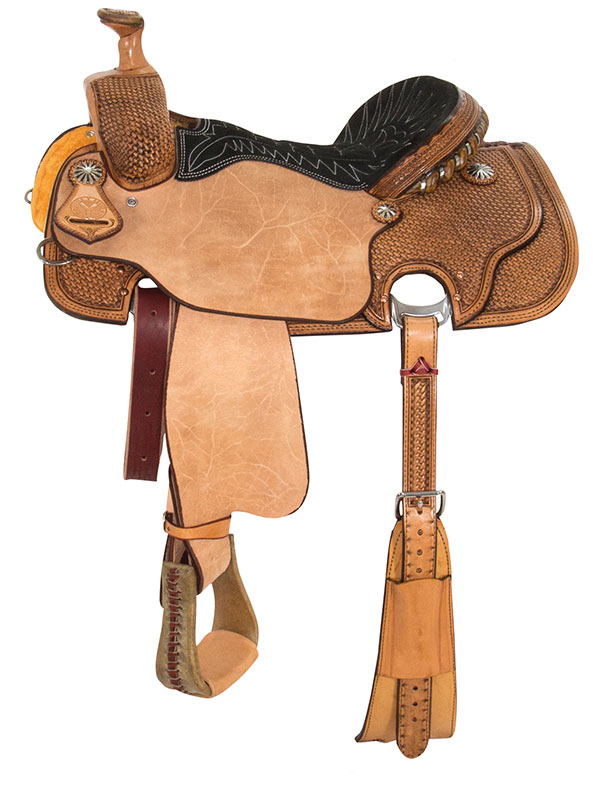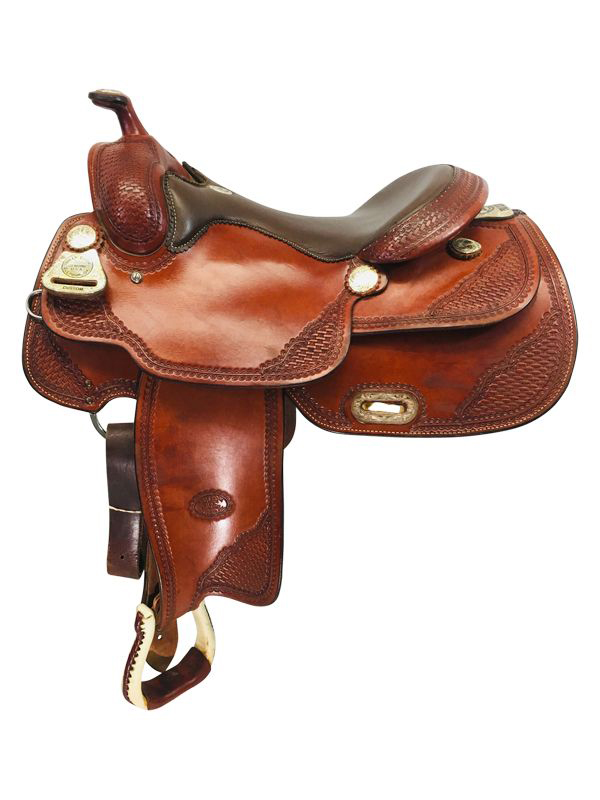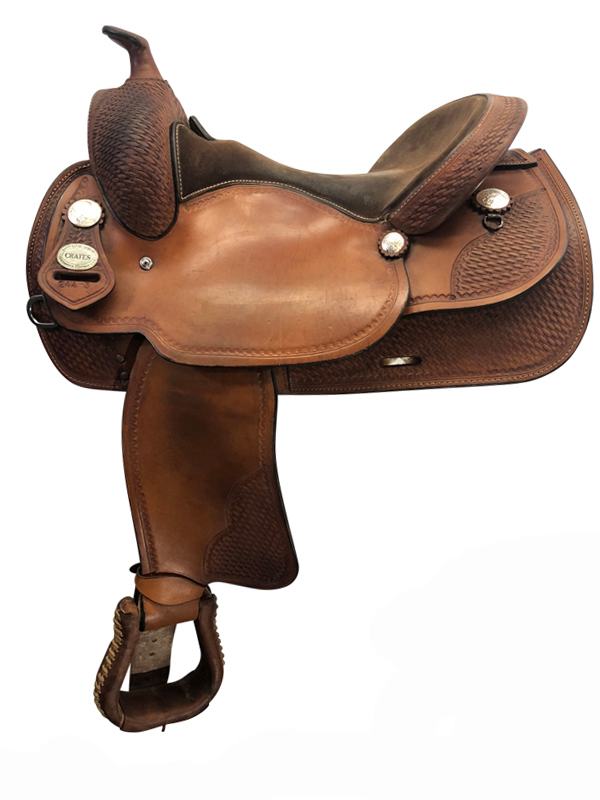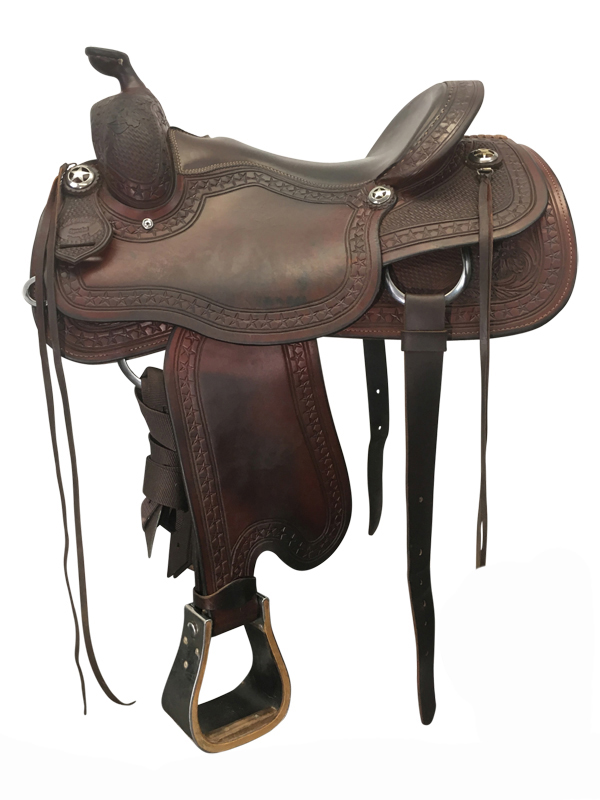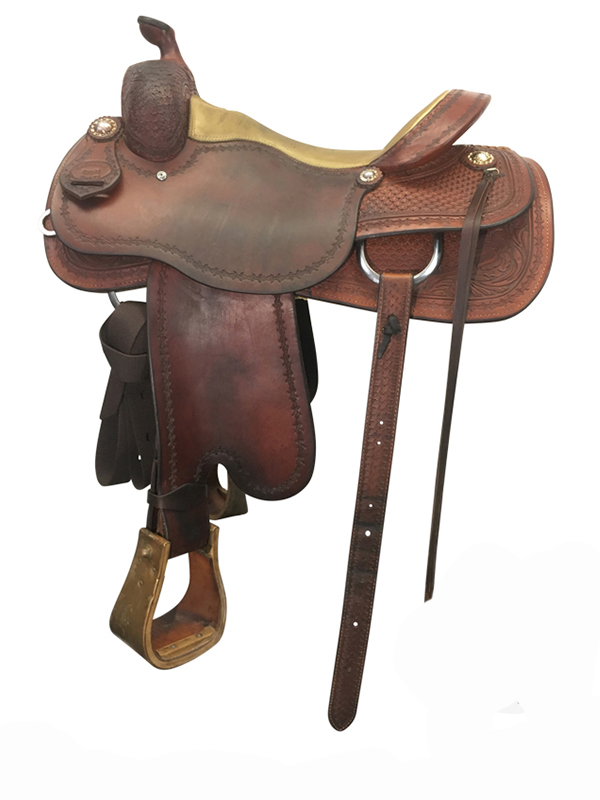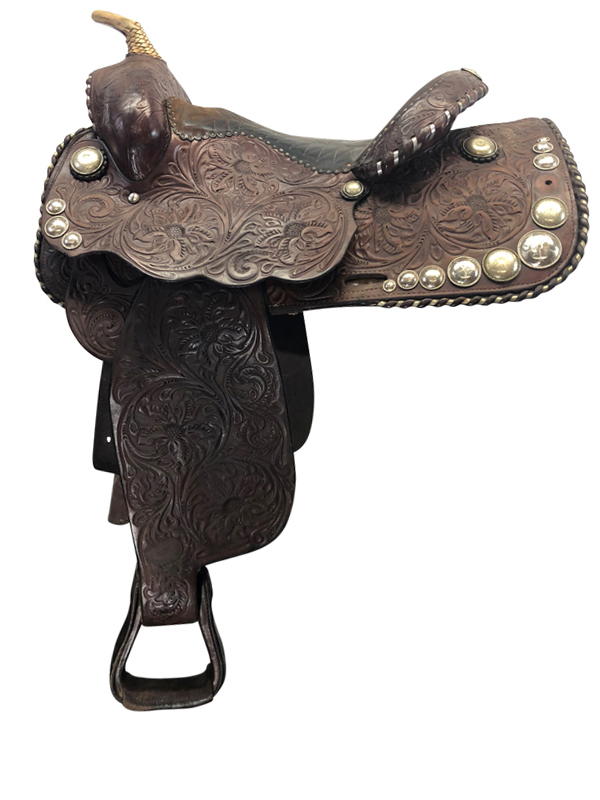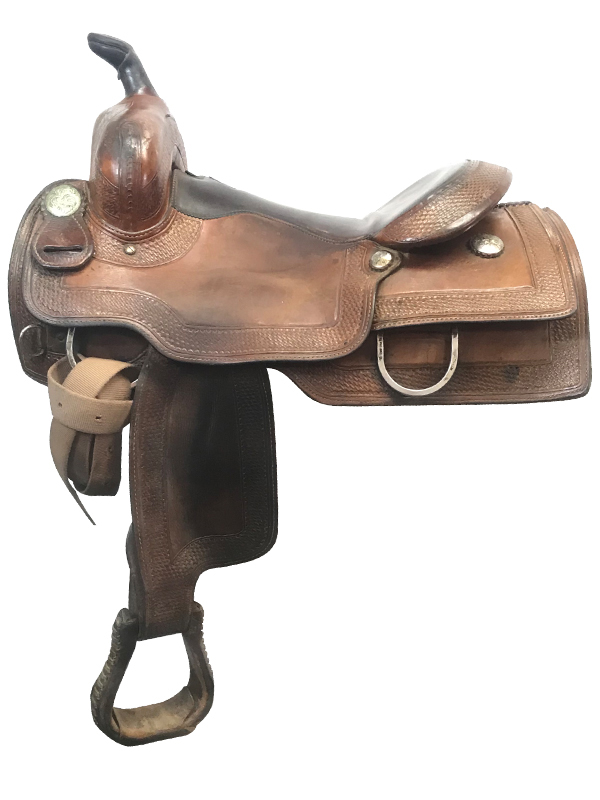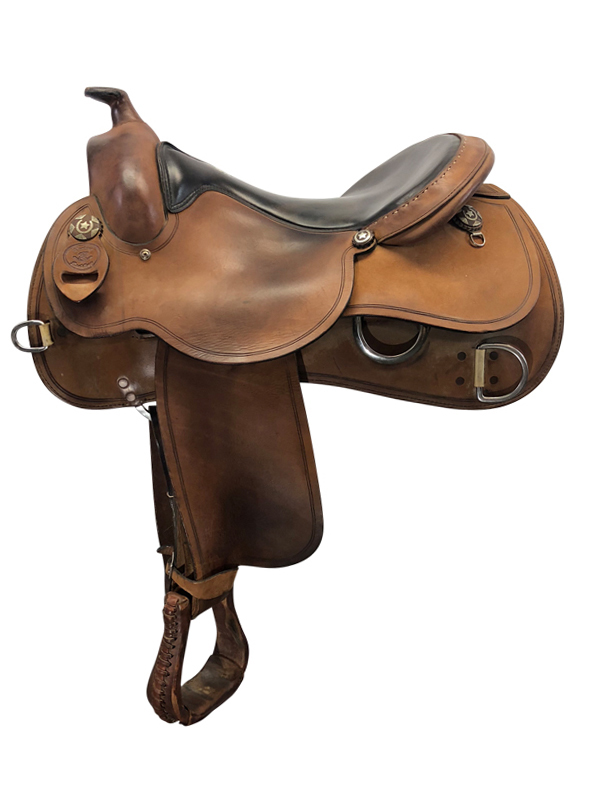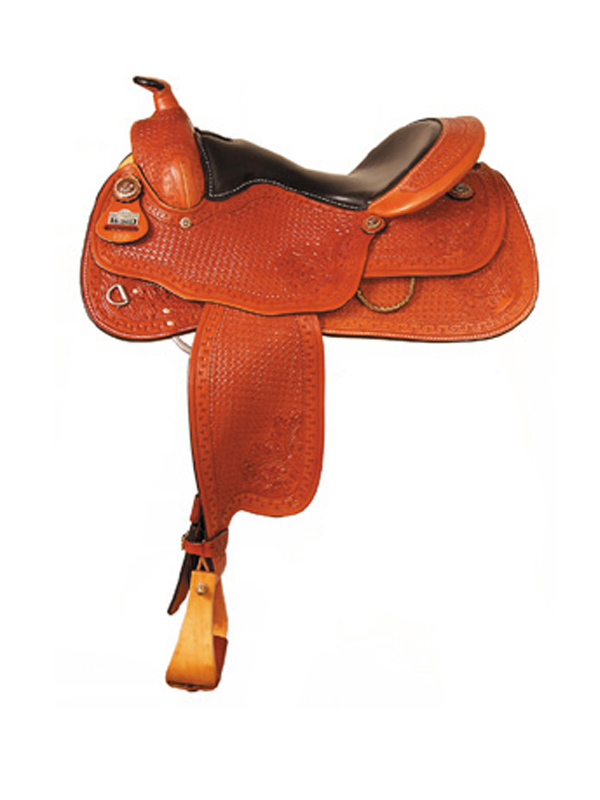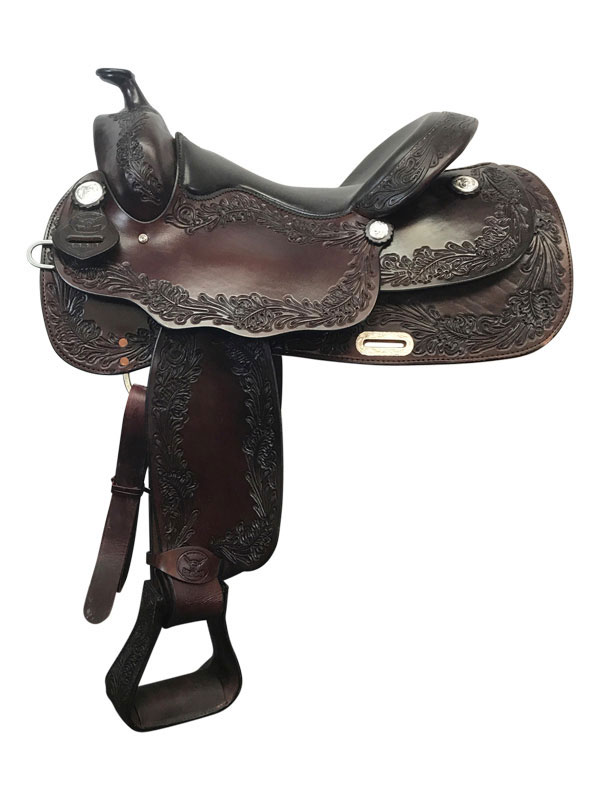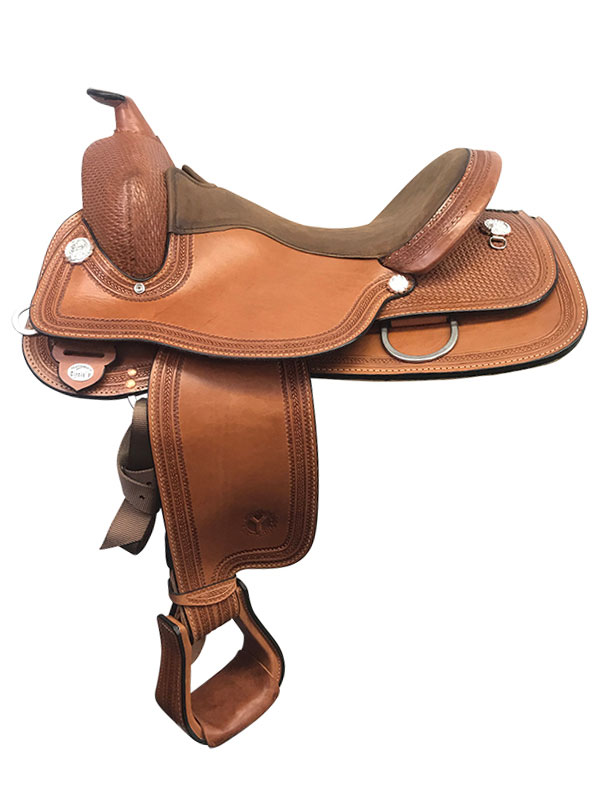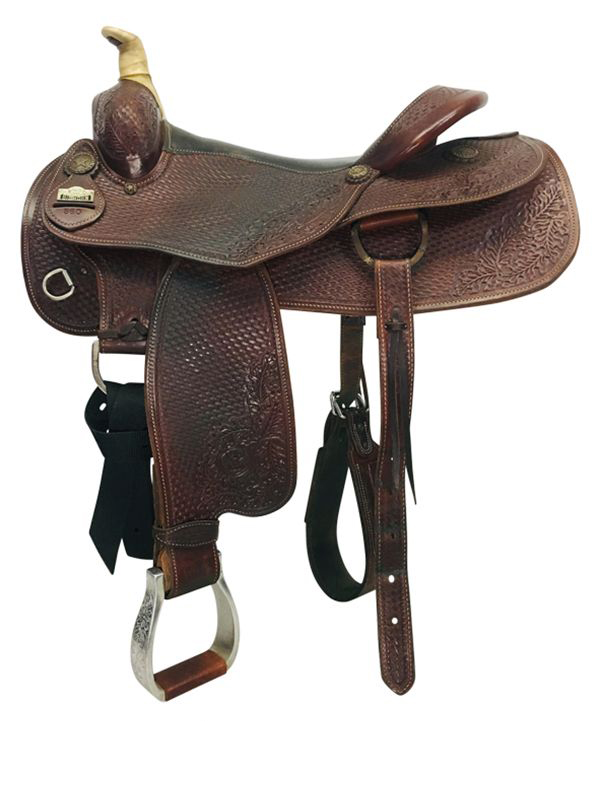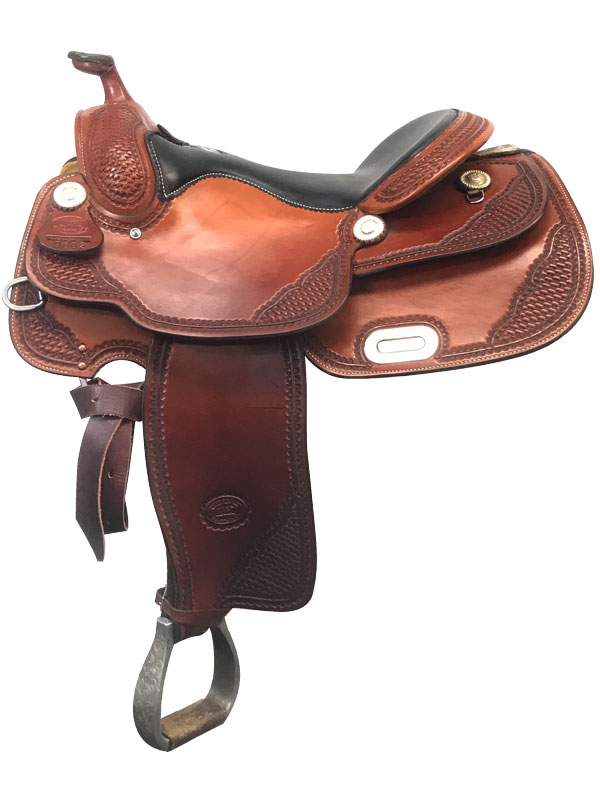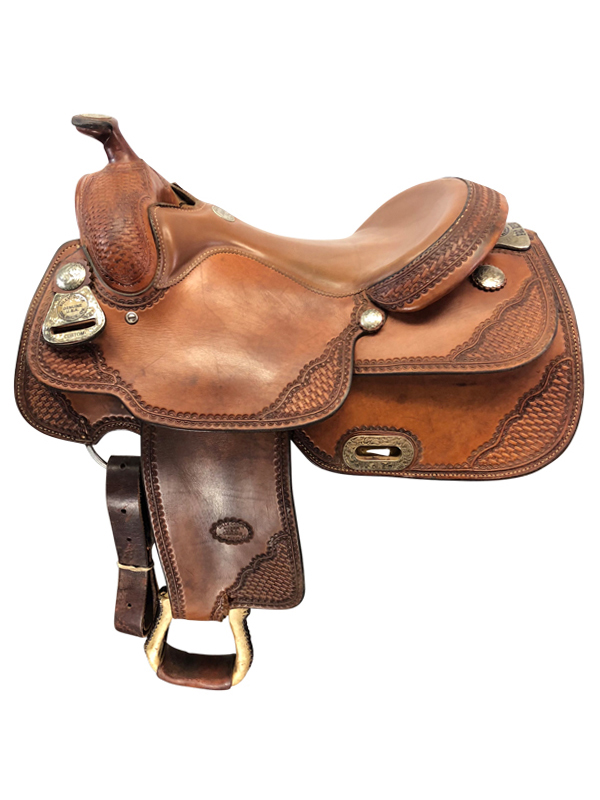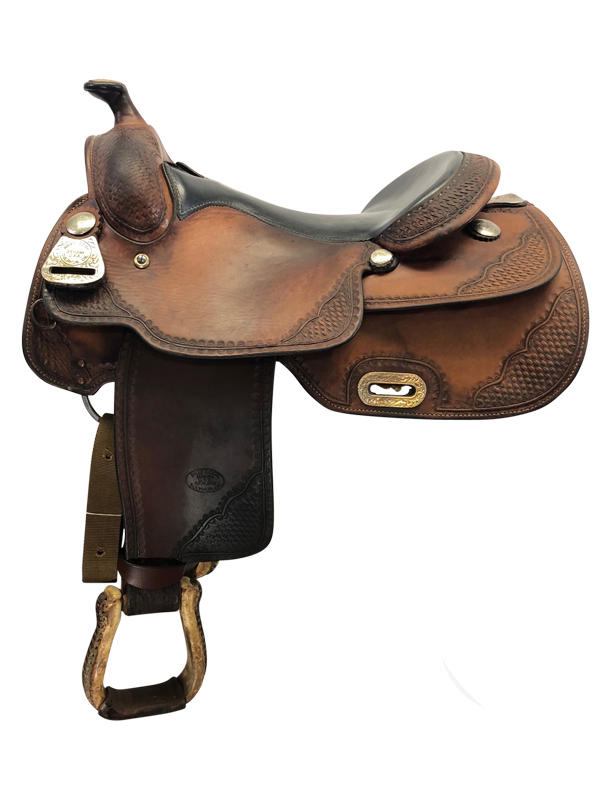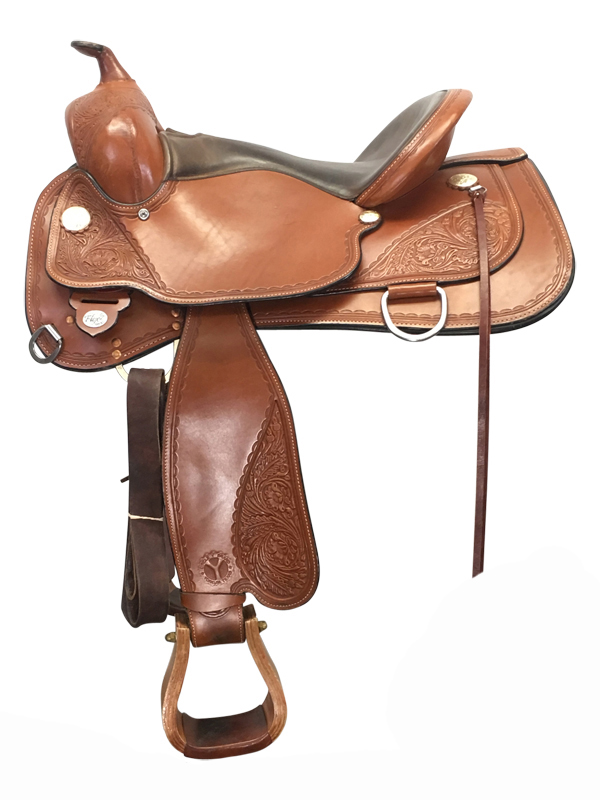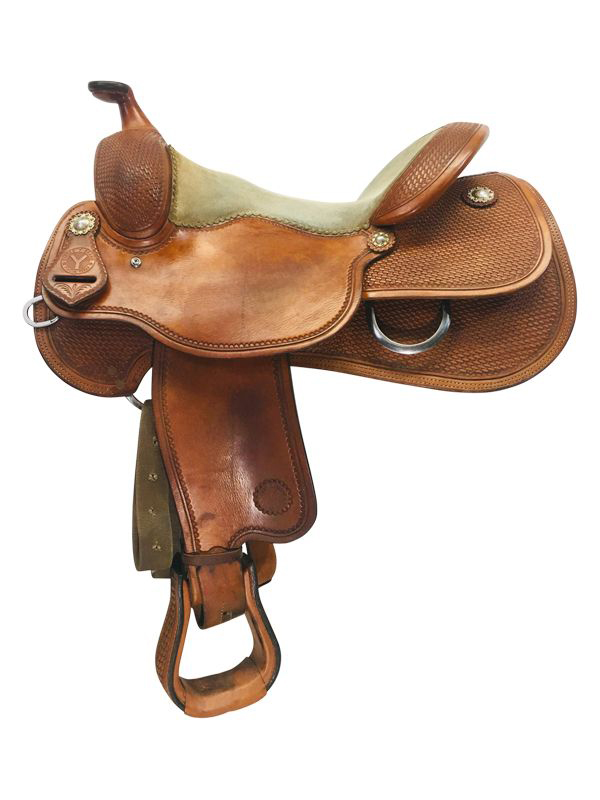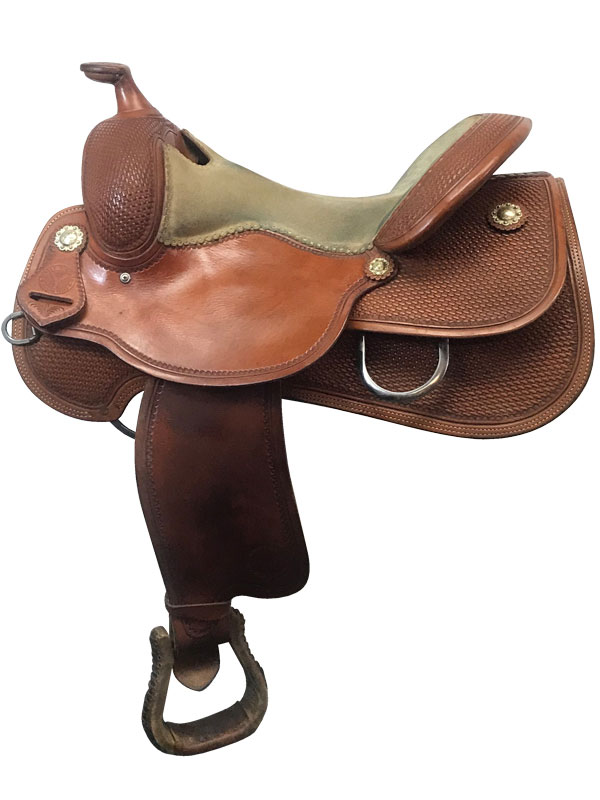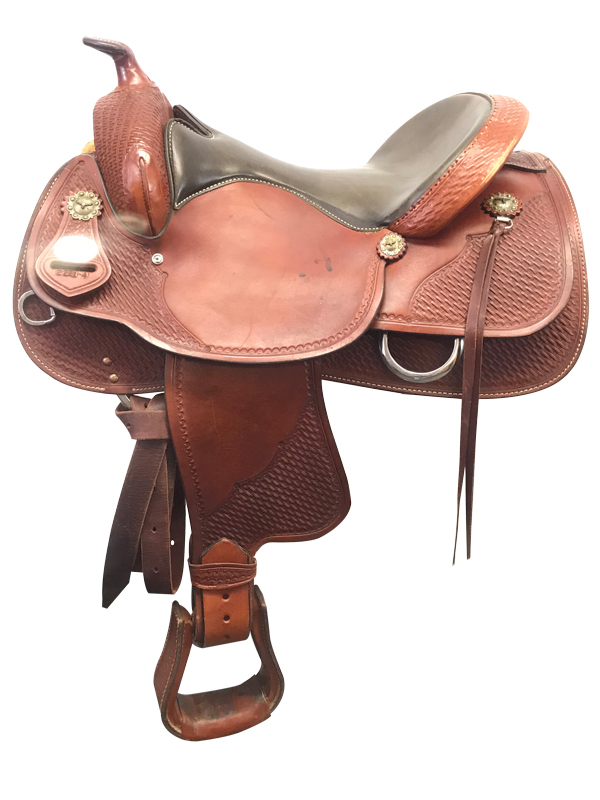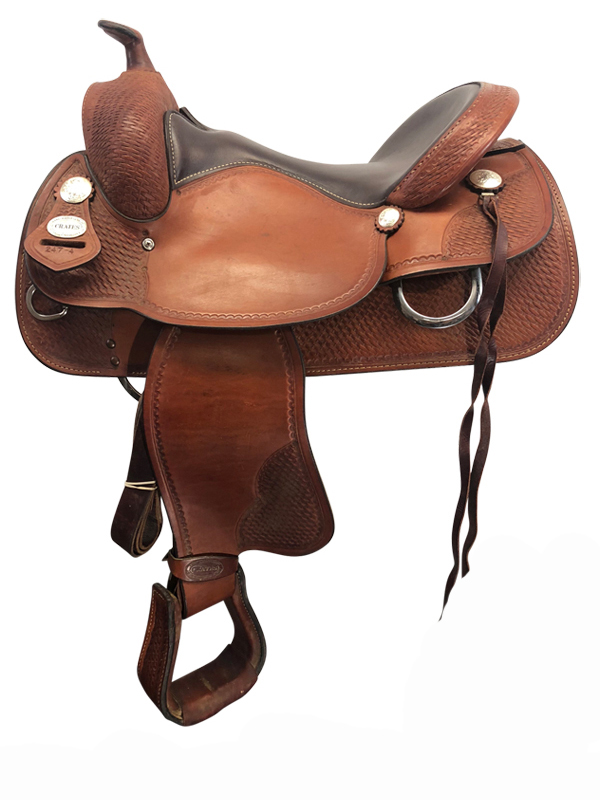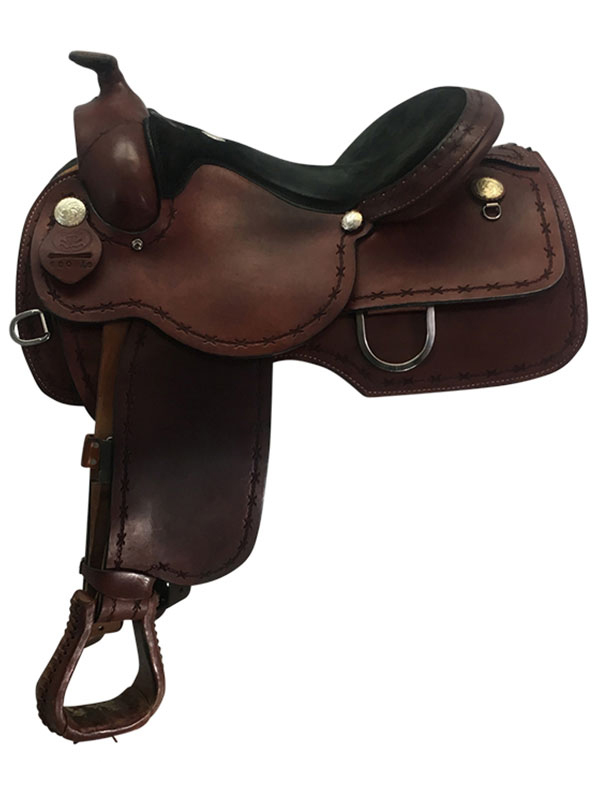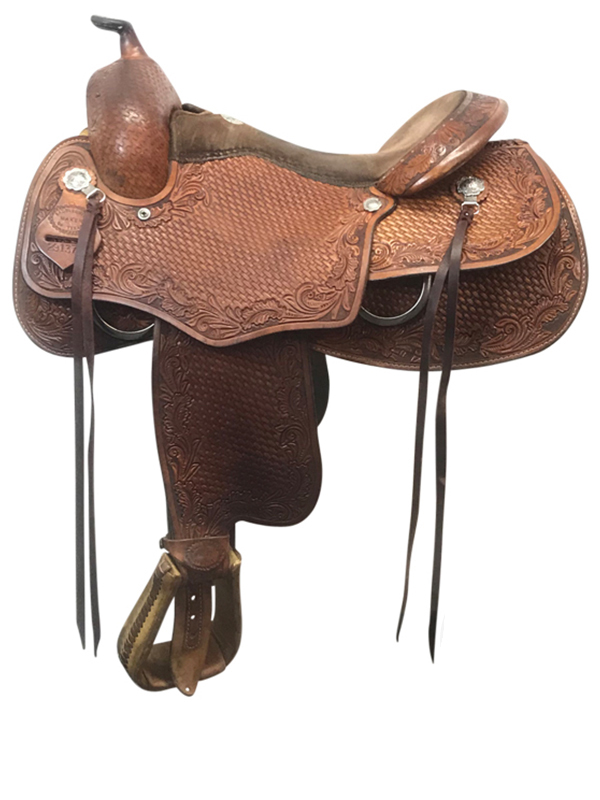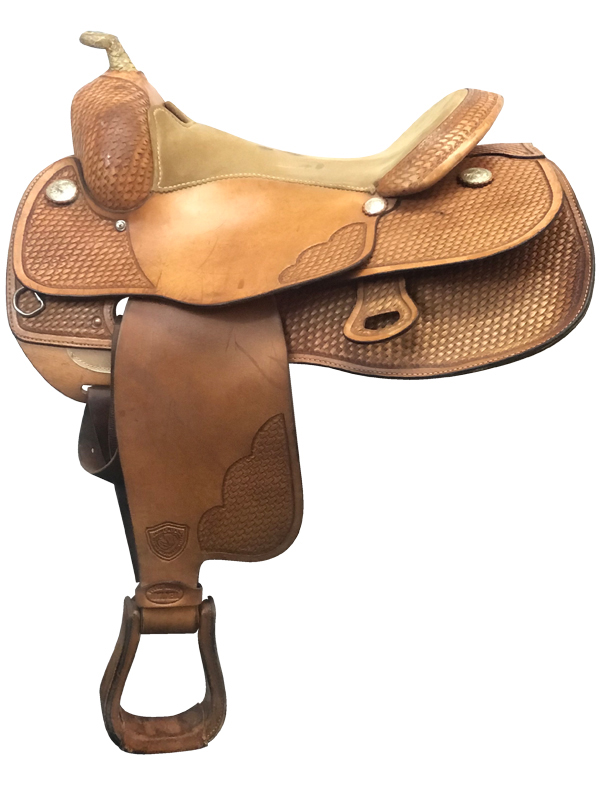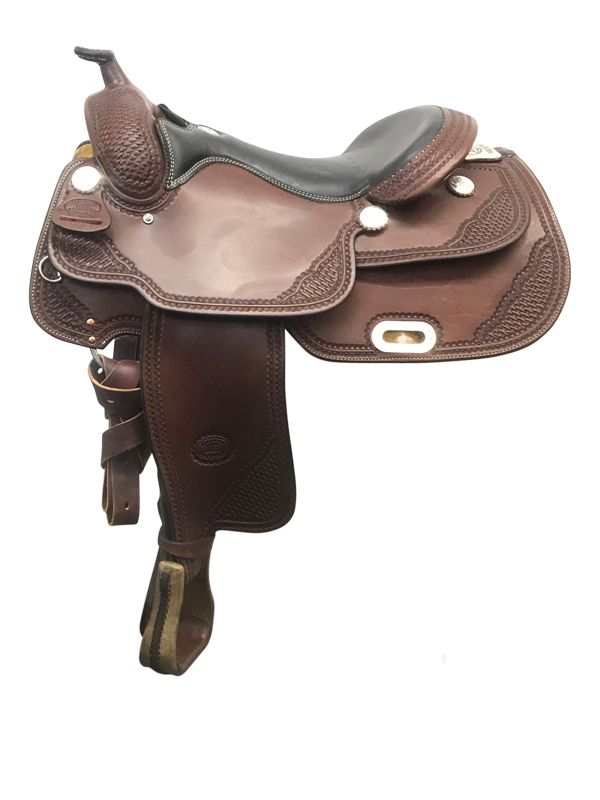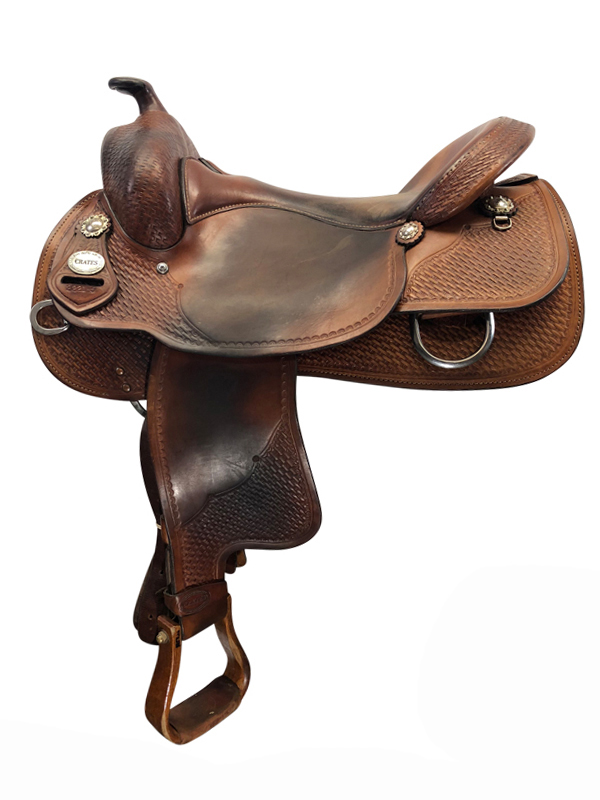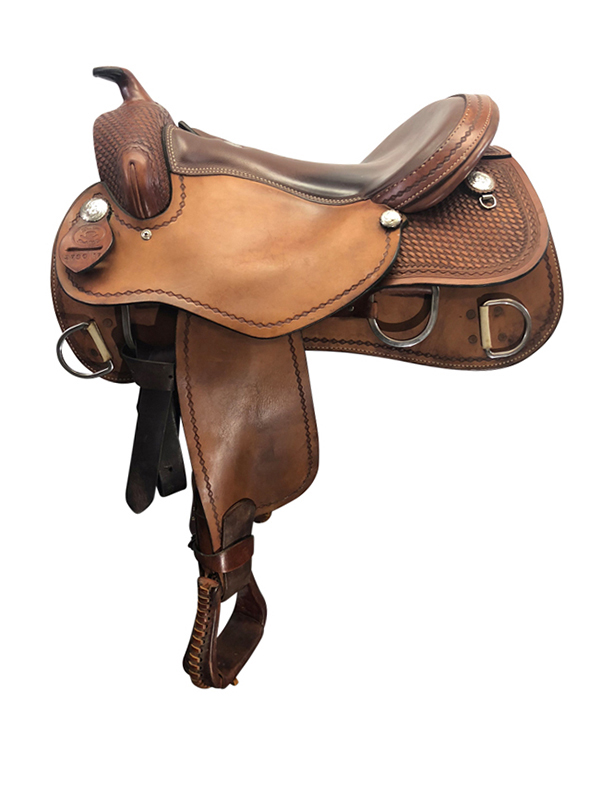A reining saddle is made for use in the sport of reining. It is a competitive event that includes spins, meticulous patterns of circles, and sliding stops. A reining seat gives to the rider a close encounter needed to communicate those moves to the horse in a manner so subtle that viewers ideally don’t notice the horseman.
This kind of riding is an event created to show off a horse’s athleticism and the advanced communication between horse and rider. In reining, it’s the horse is the main and star. The saddle place the rider in the balanced proper position to keep the rider out in the seat of the horse’s way.
The main features of a reining saddle:
- Skirts with cutouts to keep the rider’s leg close to the horse for connection.
- The saddle is shaped to allow the rider to roll their pelvis back for the big stops and sits low on the horse’s back.
- Free-swinging fenders provide maximum freedom for the rider to communicate the cues because of located from the centre of the saddle tree.
- Medium height fork and horn (lower than on a cutting saddle) so as not to interfere with the rider’s hands or reins.
- Thinner stirrup allows the leg to be closer to the horse and leathers to remove the bulk.
- No flank cinch.
- A little bling or fancy tooling tops off the art form of reining.
- Without rigging to reduce the bulk under the rider’s legs.
- Added silver trim.
The Reiner saddle is a very event-specific. It is created to provide the rider with the maximum amount of contact with the horse for subtle connection cues that appear invisible. Some riders love to use reining saddles as training because of the close contact and communication it provides with the horse, although a Reiner is not appropriate as a working saddle. We offer the best-used saddles from Circle Y, Billy Cook, Jack Brainard, Big Horn, Rocking R, Tex Tan.

